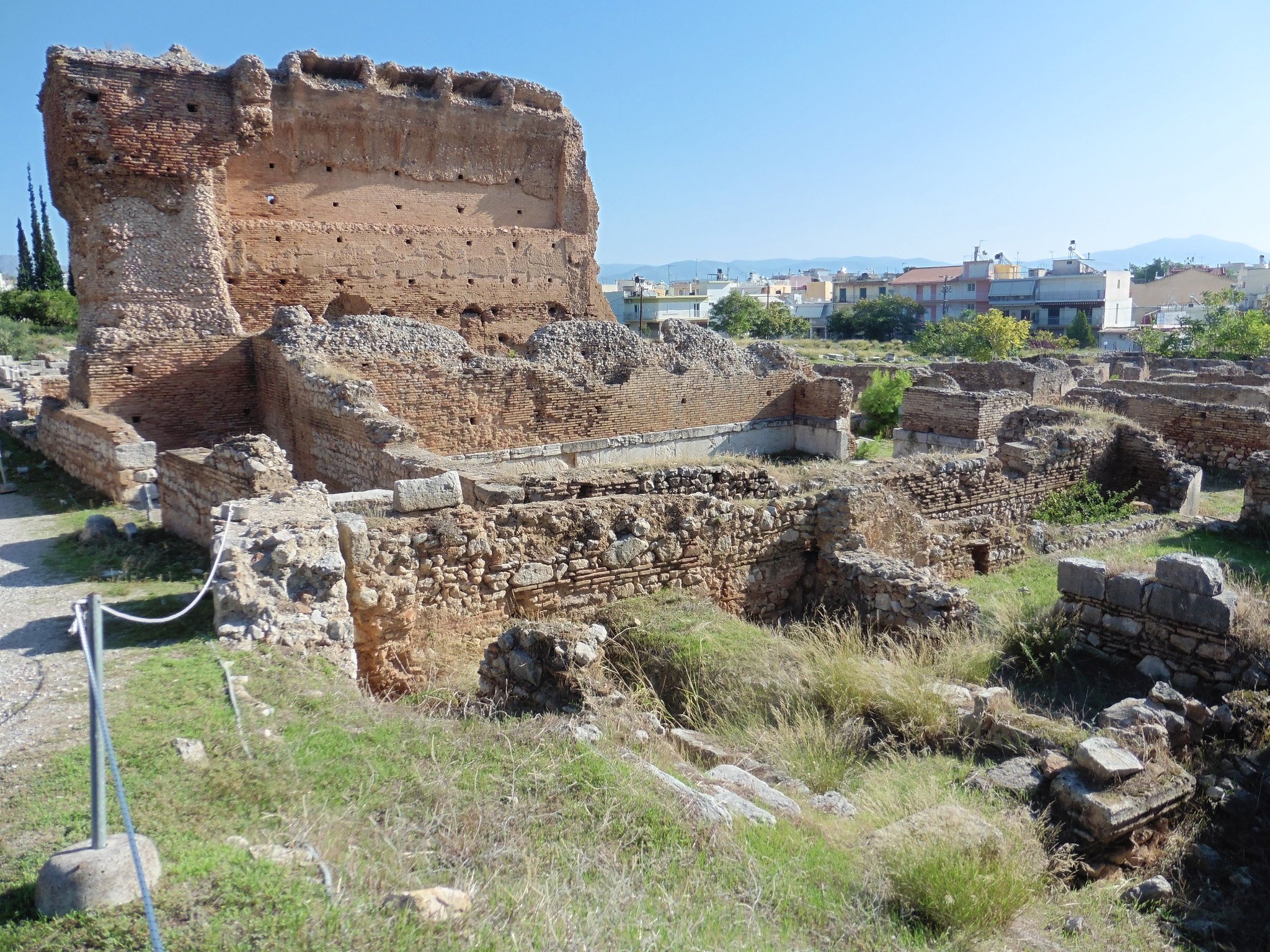The Forgotten Empire of Argos in Ancient Greece
Source: GreekReporter.com

Argos governed a small empire fairly early in Greece’s history, which has mostly been forgotten today. The evidence for this Argive empire is mostly seen in ancient written documents. What territory did the forgotten empire of Argos rule over, and when did it exist?
Textual evidence for the forgotten empire of Argos
One of the most explicit pieces of evidence for the empire that Argos once ruled comes from the writings of Herodotus, a fifth-century BCE Greek historian. In The Histories 1.82, he wrote the following:
“Now the whole region towards the west extending as far down as Malea was then possessed by the Argives, both the parts situated on the mainland and also the island of Kythera with the other islands.”
According to this, Argos ruled over a large portion of the Peloponnese as far south as Cape Maleas. This is the eastern headland forming the Gulf of Laconia in southern Greece. However, Argos’ dominion extended beyond the mainland. As Herodotus explained, Argos even had control of Kythera, the island just off Cape Maleas.
Argos had rule over “the other islands”. Presumably, this means the other islands near Kythera, although it may mean islands nearer to Argos itself. In any case, this description shows that Argos ruled over a small empire, one that is mostly forgotten today.
When did Argos have this power?
When did Argos rule over such a large portion of Greece? Again, we can see the answer in the words of Herodotus. The passage just quoted is introduced with these words:
“Now at this very time the Spartans themselves had a feud on hand with the Argives, in respect of the country called Thyrea; for this was a part of the Argive territory which the Lacedaemonians had cut off and occupied.”
The expression “at this very time” refers to the time being described by Herodotus in the preceding narrative. That part of Herodotus’ account described the fall of Lydia to Cyrus the Great. The Nabonidus Chronicle confirms (despite some modern attempts to reinterpret the text) that this was in 547 BCE.
Hence, according to Herodotus’ account, Argos ruled over a small empire in ancient Greece in the mid-sixth century BCE. How does this relate to other historical facts?
Pheidon, the tyrant who ruled over the empire of Argos

Several ancient Greek historians, including Herodotus, referred to a king of Argos named Pheidon. Herodotus’ description of him is as follows:
“Pheidon… established for the Peloponnesians the measures which they use, and… went beyond all other Hellenes in wanton insolence, since he removed from their place the presidents of the games appointed by the Eleians and himself presided over the games at Olympia.”
Other translations state that he acted “with the most hubris of all the Greeks”. According to this passage, Pheidon’s power extended as far as Olympia, on the other side of the Peloponnese from Argos. He took over control of the Olympic Games, expelling the residents of Elis from their presidency over the festival.
This corresponds very well to what Herodotus wrote in his description of the events of 547 BCE. As we saw earlier, Herodotus claimed that Argos controlled “the whole region towards the west extending as far down as Malea.” This means that Argos controlled the Peloponnese from the Argolis in the east to Olympia in the west, with the southwest corner (from Sparta down to Cape Taenarum, which is further south than Cape Maleas) outside of their territory.
Hence, Pheidon was the king who expanded the rule of Argos to form a small empire over almost all the other city-states in the Peloponnese. Whether he was the king who also conquered Kythera and other islands or not, we cannot know for certain.
Chronological confusion regarding this empire of Argos
Many modern sources claim that Pheidon was a king from the seventh or even eighth century BCE. However, Herodotus makes him the father of Leokedes, one of Agariste’s suitors. She was the daughter of Cleisthenes of Sicyon, a king who ruled in the first half of the sixth century BCE.
Therefore, with Pheidon’s son being the suitor of Cleisthenes’ daughter, Pheidon and Cleisthenes were logically of the same generation. Hence, Pheidon of Argos can be placed in the first half of the sixth century BCE, just like Cleisthenes. This fits closely with Herodotus’ description of the Argive empire in his narrative of the events of 547 BCE.
Furthermore, this would accommodate the fact that Pheidon, according to fourth-century BCE historian Ephorus, was the first among the Greeks to mint silver coinage. The earliest coins of any sort in ancient Greece date to the late 7th century BCE. Hence, Pheidon cannot have ruled any earlier than that, meaning that a date in the early sixth century BCE satisfies the evidence.
The original article: belongs to GreekReporter.com .
